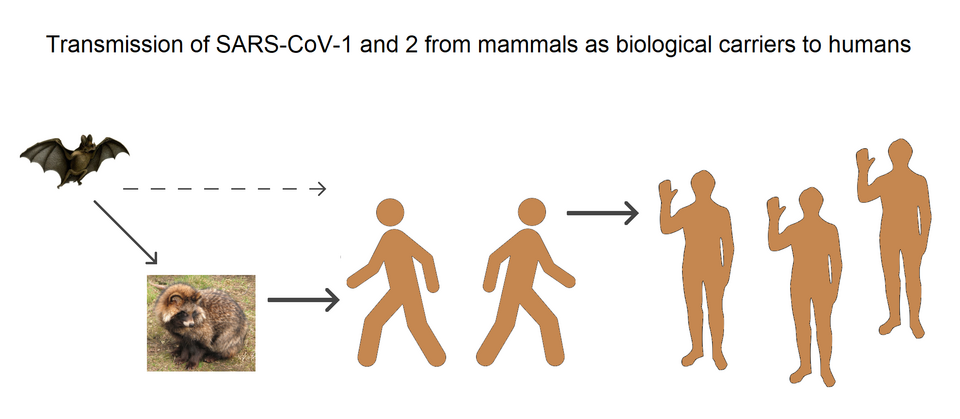A Lesson of Coronavirus: Hunting Wildlife Can Be Deadly
Seventy-five percent of new or emerging diseases that harm humans start in non-human animals.
Introduction
According to the Centers for Disease Control and Prevention, this coronavirus likely originated in bats, and the first outbreak in Wuhan, China, has been linked to a live animal market.
These markets, known as “wet markets,” allow the sale of wild animals and put people in close proximity to both live and dead animals with little or no regulatory oversight. Wet markets are also thought to be the place where other deadly diseases have crossed the species barrier, like severe acute respiratory syndrome (SARS).
COVID-19 and SARS are not the only diseases that began in animals and now infect humans.
Zoonotic Origins of Emerging Diseases
An alarming 75 percent of new or emerging diseases harming people start in non-human animals. Zoonoses (diseases transmitted between animals and humans) cause 2.2 million human deaths per year. Most of these infections can be traced to farm animals such as chickens, cows, pigs, and goats. The World Health Organization notes that some of these diseases, like avian flu, which originated in chickens and spread to humans, are more deadly than standard flu viruses.
It’s not just live animal markets that put the world at risk for disease. Because Americans eat more meat per person than almost any other country, most farms have shifted into large-scale animal factories. Each of these sheds is packed with animals—sometimes hundreds of thousands—creating a perfect brew for spreading disease.
During the early months of the pandemic, governments and companies worldwide canceled conferences and events in an attempt to stop the human-to-human transmission of COVID-19 that more easily occurs in crowded conditions. However, we’re simultaneously cramming billions of animals together, effectively creating the same opportunity for disease transmission between these animals, which may then jump to humans.
Antibiotic Resistance
In an attempt to keep animals alive in these filthy conditions until they reach “slaughter weight,” factory farms commonly feed them antibiotics. Often these antibiotics are medically important for treating human disease, and their overuse and misuse in animal farming is contributing to the antibiotic resistance crisis. Leading healthcare organizations plead that without urgent action to reduce antibiotic use in all settings—including in farm animals—we will be facing a time when these drugs no longer work for people or animals.
Animal-Based Diets and Chronic Illness
In addition to viral spread from these animal factories, high consumption of the products that these facilities produce—meat, eggs, and dairy—creates a greater risk of chronic illness. Over and over again, studies link diets heavy in animal products to higher rates of heart disease, Type 2 diabetes, high blood pressure, and types of cancer.
As we attempt to fight the spread of COVID-19, we mus think critically about how we want to continue to feed ourselves here in the U.S. and around the world. Clearly, this is a serious problem that seems to be of our own making. It’s a dark irony that as we’re killing animals for food, it’s killing us, too.



